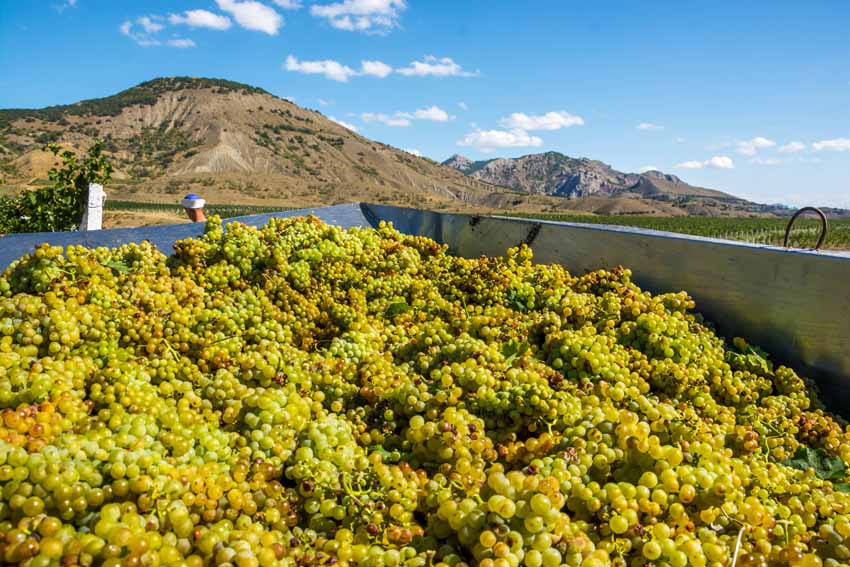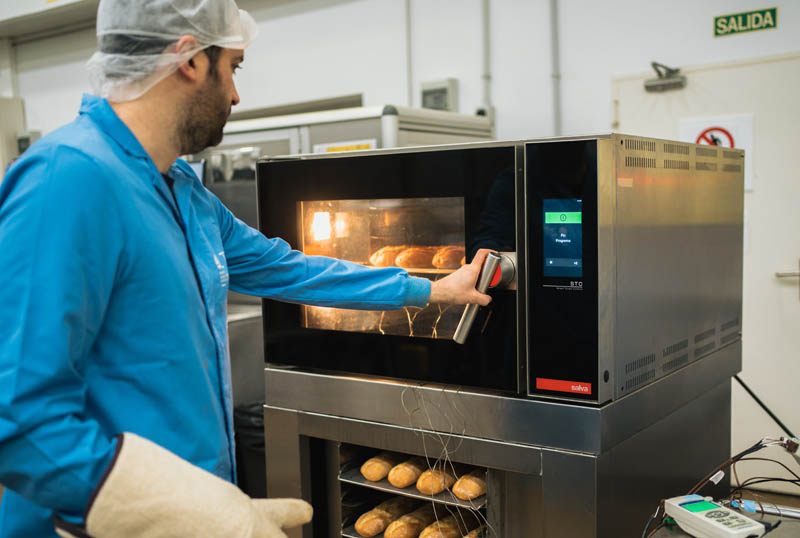Savour and sustainability: insects in gastronomy
Últimas noticias
Una mirada LGTBIQ+ al reino animal
Circular Economy in Action: Valorisation of By-products through Projects like PRIMA NEWFEED
Strategic Perspectives: Highlights from the Food4Future World Summit for Business Leaders
CLARA TALENS, researcher at New Foods
In the culinary world, innovation is key, and in Spain, an emerging trend is gaining ground: insects as food. Although still a relatively small minority, the use of insects in Spanish cuisine is arousing curiosity and debate, driven by sustainability and culinary creativity. Let’s see what role these unusual ingredients (with great potential as an alternative source of protein) can play in the country’s gastronomic offer.

Índice de contenidos
The most popular insects in Spanish cuisine
Currently, the most popular insects used in Spanish restaurants include:
- Mealworms (Tenebrio molitor): With a neutral flavour and great versatility, they are integrated into tapas, salads or as flour in baked goods.
- Crickets (Acheta domesticus): Rich in protein and with an earthy, nut-like taste, they are often found in salads or as a topping in appetizers.
- Grasshoppers and locusts (Locusta migratoria): Often prepared fried or baked, they are notable for their crunchy texture and mild flavour.
- Ants (género Atta): Although less common, their acidic or citric touch makes them a peculiar ingredient in haute cuisine.
These options, although still limited, have begun to appear on the menus of innovative restaurants, especially in cities such as Madrid and Barcelona, where culinary experimentation is part of the gastronomic identity.
The future of insects in Spanish gastronomy
The potential of insects as food is underpinned by their sustainability. Compared to traditional animal proteins, insect production requires less water, land and CO₂ emissions. In addition, the growing demand for organic and sustainable food could facilitate its market uptake, especially among young and more environmentally conscious people.
However, expansion faces significant challenges:
- Cultural perception: For many people, insects remain an unappetizing option due to cultural taboos.
- Policy and regulation: Although the European Union has approved the use of certain insects as food (such as dried Tenebrio molitor larvae in 2021), regulations are still evolving and may limit their commercialisation.
- Education and promotion: A joint effort between chefs, educators and the food industry is needed to highlight the benefits of insects as a food.
Oportunidades en nichos de mercado
Opportunities in niche markets
The haute cuisine sector can be the springboard for the popularisation of insects. Renowned restaurants and experimental chefs have the opportunity to lead this transformation, offering dishes that are not only delicious but also stigma-busting. In addition, restaurants specialising in sustainable cuisine could capture the attention of an audience looking for innovative and environmentally friendly options.
The key will be the industry’s ability to transform prejudice into curiosity and acceptance, showing that insects can be great allies in the future of food.







